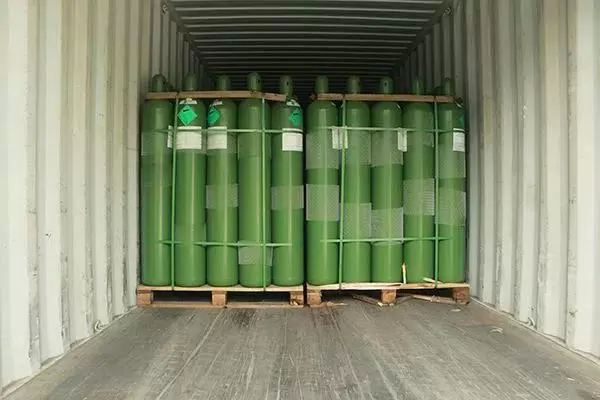
Fire hazard and prevention in the chemical reaction process(Ⅰ)
1. Oxidation Such as ammonia oxidation to nitric acid, toluene oxidation to benzoic acid, ethylene oxidation to ethylene oxide, etc. (1) Fire risk of oxidation ①Oxidation reaction requires heating, but heat will also be released during the reaction, especially the catalytic gas phase reaction. Generally, the oxidation reaction will be carried out at a high temperature of 250-600 ℃. If the heat generated by the reaction is not removed in time, the temperature will rise rapidly or even explode. ② For some oxidations, such as the oxidation of ammonia, ethylene and methanol vapor in the air, the material ratio is close to the lower explosion limit. If the ratio is out of






